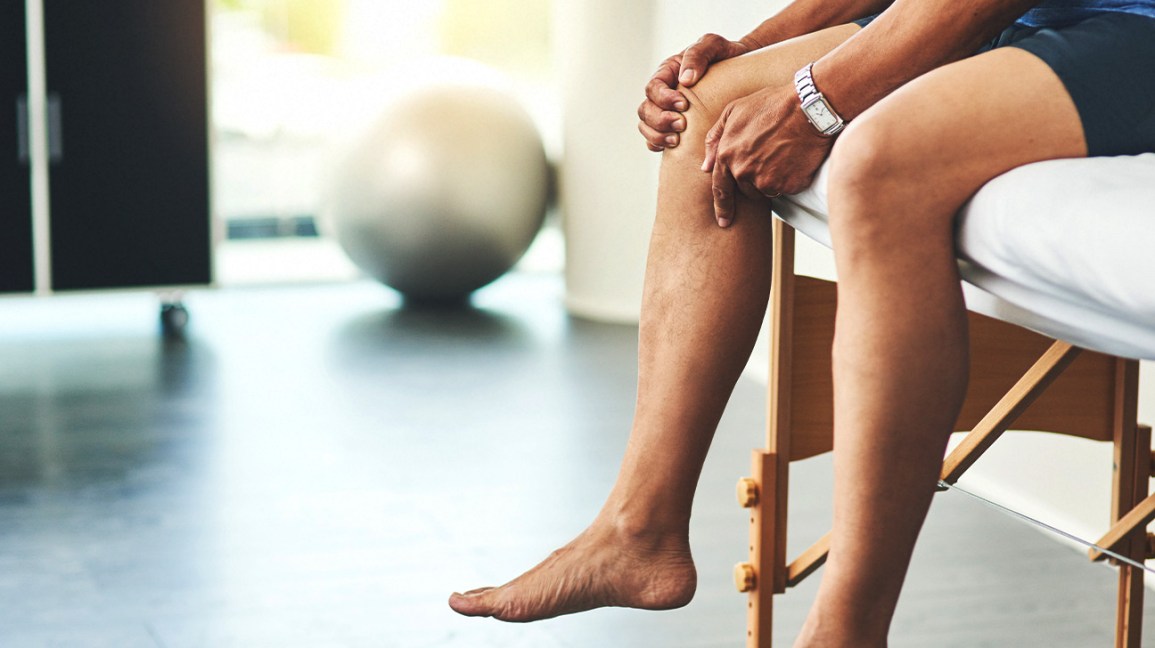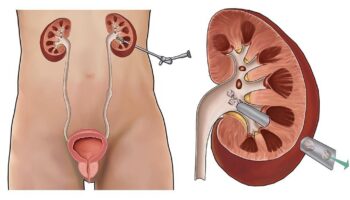Joint pain that often stems from the hands, feet, hips, back, and knees can pose a severe hurdle in daily life, with the pain varying from acute to more chronic conditions.
With joint pains, patients can often experience throbbing, burning, or grating sensations and stiffness in the joints. The term arthritis is often used as an umbrella term that encompasses the several inflammations of joints and several other joint-related conditions.
Age plays a crucial factor in bone quality, and density tends to deteriorate as individuals age. Several other factors that can put an individual at risk for chronic joint pain are patients who have had arthritis, overweight individuals, diagnosed depression and anxiety, repeated wear and tear of muscles, and previously injured and damaged joints.
Consulting the expert advice from Interventional Pain and Regenerative Medicine Specialists can help give a more holistic approach to pain relief rather than using more invasive procedures and surgeries.
Here are a few signs that indicate that the joint pain is severe and require further inspection by a medical professional:
- Swelling or inflammation of the joint: Swelling is the body’s instinct to fight any abnormalities, leading to a fluid build-up in the area. If the swelling is among small joints like the hands, it can be signs of rheumatoid arthritis early on, making it a time-sensitive case.
- Inability to Walk: If the joint pain has got you limping for more than 24 hours, it should be considered as it is hampering your body’s biomechanics. Limping can add pressure on a single limb which can cause swelling in that limb if not treated.
- Lack of Sleep: Joint pains at times can be very excruciating and deprive you of some much-needed shut-eye. Often such a case would point out fibromyalgia, which softens the muscle and tissue. It is better to get it diagnosed to begin the needed treatment to relieve the pain.
- Sound of ‘Crunching’ at the joint: If the joint creates a crunching sound, though not very common, it is better to get it looked at to ensure no further contusions have taken place. It can indicate signs of joint instability too.
- Fever: At times, along with getting joint pain and inflammation, you experience bouts of fever or chills; it can be a sign of the body fending itself against early signs of an infection. Hence get a doctor to inspect the site and symptoms.
- Inflammation in a Single Digit: If you experience pain and swelling of a single joint, it is highly recommended to get it checked. Frequently, in such conditions, the big toe swells up due to the crystallization of uric acid when the context of uric acid is high in the blood, which gradually settles in the joint and settles to the bottom.





